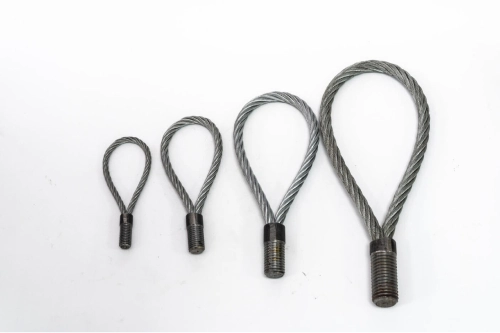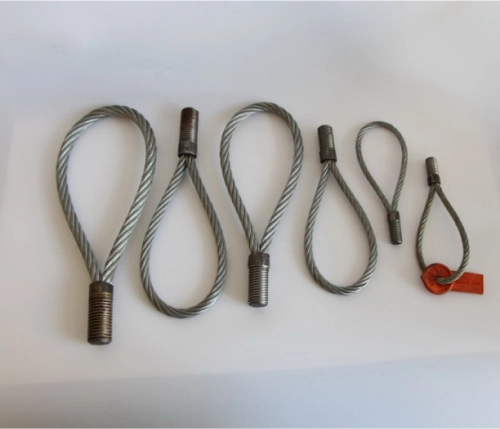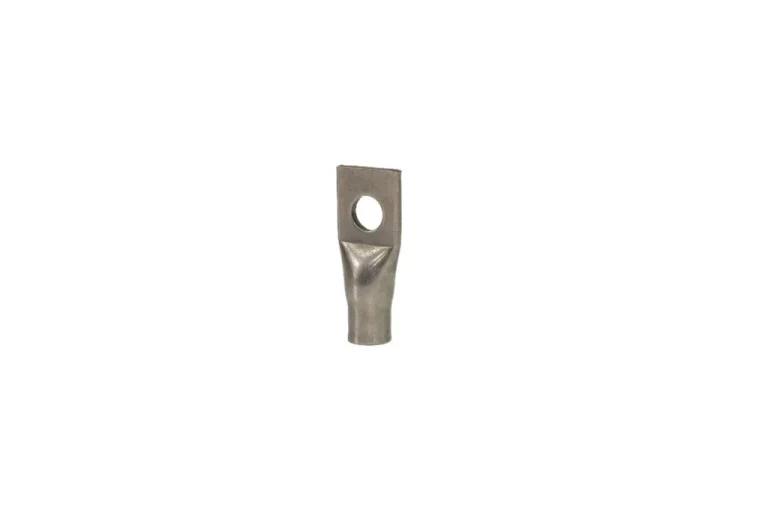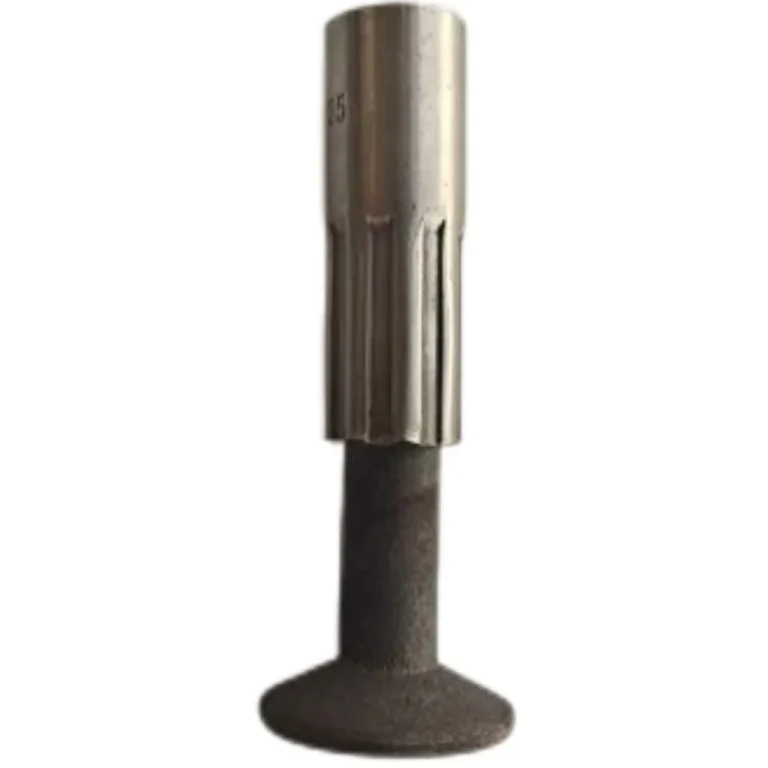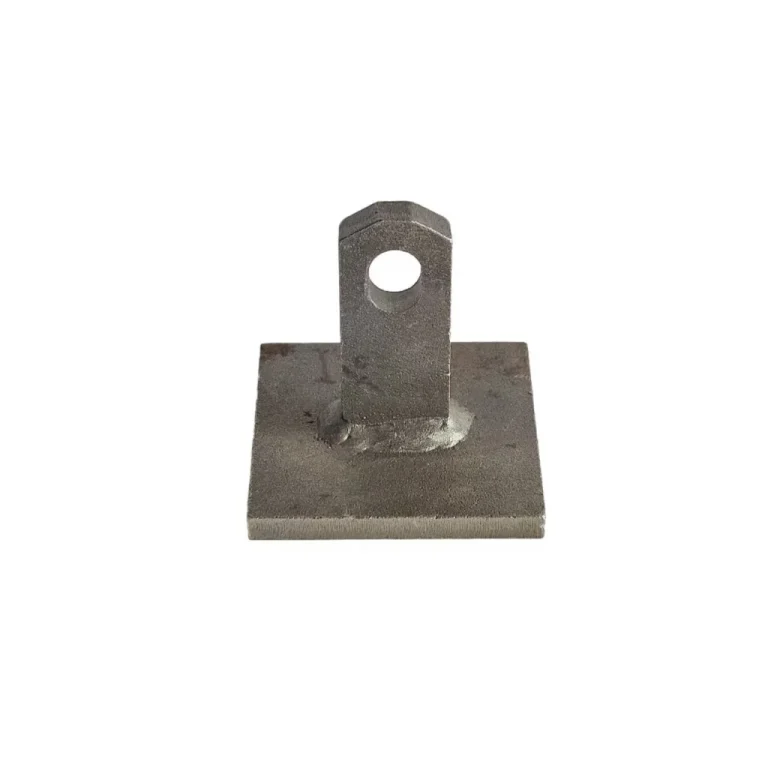Understanding Lifting Loops
Definition of a Lifting Loop
In settings and operations, where heavy loads need to be lifted safely in place, cranes or hoists to work effectively and efficiently require a specialized component called a lifting loop made of strong materials known for their durability and ability to handle repetitive stress.
Importance in Industrial Applications
In environments, like construction sites and manufacturing facilities lifting loops are crucial for safely moving heavy materials and minimizing the chances of accidents or injuries during lift operations. Moreover, using lifting loops correctly can boost productivity by making the lifting process more efficient. Selecting the lifting loop for tasks is vital as it has a direct effect, on safety and operational effectiveness.
Identifying Signs of Wear and Tear
Common Indicators of Damage to Lifting Loops
It’s important to be able to spot when the lifting loops are starting to show signs of wear and tear as this is key, to keeping things safe and working smoothly. Typical signs to watch out for include edges that look frayed or worn out and the material changing color or becoming deformed. If you see cracks. Splits in the loop are an indication that it might not be up to carrying the load it needs to. Regularly checking everything thoroughly is essential to avoid any equipment mishaps or accidents, at work.
How to Conduct Regular Inspections
Regular inspections are crucial, for maintaining the condition of lifting loops to ensure their functioning over time. Inspectors need to examine the loops for any wear and tear or signs of bending that may affect their performance. Additionally, it is important to check the attachment points for any corrosion or looseness as part of an inspection process. Keeping records of each inspection can be beneficial, in monitoring the health of lifting loops enabling maintenance or replacement as needed.
Maintenance Tips for Prolonging the Lifespan of Lifting Loops
Proper Cleaning Techniques
Keeping lifting loops clean is crucial, for ensuring their durability and performance over time. Dirt and debris can lead to material deterioration. Lessen the effectiveness of the loops. It’s recommended to clean lifting loops, with a cloth and mild soap avoiding chemicals that could weaken them. Regular cleaning not only improves the look of lifting loops but also aids in spotting any signs of wear.
Safe Storage Practices
Storing lifting loops properly can have an impact, on how they last for sure! It’s important to keep them in a cool place to avoid any moisture that might cause rust or corrosion issues down the line. Make sure not to stack things onto the loops when storing them. That could warp them out of shape! Hanging or storing the loops in a way that keeps their form intact is key, to ensuring they’re good to go when you need them safely!
Routine Lubrication and Its Benefits
Regularly lubricating lifting loops can greatly improve their effectiveness, in situations where they are frequently moved around. Applying the lubricants as suggested by the manufacturer helps minimize friction that can lead to wear and tear over time. This simple maintenance routine does not extend the lifespan of lifting loops. Also keeps them running smoothly reducing the chances of them getting stuck or malfunctioning, during operation.
Preventive Measures and Safety Standards
Adhering to Manufacturer Guidelines
Following the manufacturer’s instructions is crucial, for maintaining the durability and safety of lifting loops. These instructions offer details about the requirements and limits for usage well as the suggested maintenance routines tailored to each type of lifting loop in use. Adhering to these guidelines prevents handling. Prolongs the lifespan of the lifting loops which reduces risks during operations. Moreover sticking to the manufacturer’s advice can help meet requirements and industry norms leading to a work environment, in the end.
Training and Certification for Safe Use
Training and certifying personnel who work with lifting loops is crucial, for ensuring workplace safety standards are upheld and maintained effectively. A comprehensive training program should include instruction in lifting methods, detailed inspection protocols, and emergency response procedures. This training is designed to equip employees with the expertise to identify and address risks associated with lifting activities. In addition, to promoting safety having certified operators can also enhance efficiency when using lifting loops.
Comprehensive Record-Keeping
Maintaining a system to keep track of lifting loops is crucial, for overseeing their condition as time progresses. Ensuring records of inspections and maintenance tasks carried out on the loops along with any observed signs of wear and tear helps monitor the lifespan of each loop. This structured method enables operators to make informed choices about repairs or replacements by utilizing the data gathered. Integrating a platform for record management can simplify this procedure by facilitating trend identification and adherence, to safety protocols.
BAOQI Product Overview
High-Quality Lifting Loop Product Range
BAOQI provides a selection of top-notch lifting loops crafted for uses across various industries. These loops are constructed from materials designed to withstand conditions while ensuring maximum safety. With qualities, like tensile strength and resilience, against wear and corrosion BAOQI’s lifting loops are engineered to meet the challenges of lifting tasks. Clients can choose from a range of options to find the lifting loop that suits their operational requirements.
Innovations in Design and Material
Integrating ideas, in design and materials is a focus of the BAOQI’s approach, to developing lifting loop products. The latest improvements involve combining fibers with traditional materials to boost durability and lighten the loop’s overall weight. These enhancements greatly enhance functionality while upholding safety regulations. Besides that, BAOQI is dedicated to exploration and advancement to embed state-of-the-art technologies into their lifting loop items and bolster their dependability.
Implementing Best Practices in Maintenance Regimes
Integrating Technology for Better Monitoring
Incorporating technology, into the upkeep schedules for lifting loops can greatly improve monitoring capabilities. The use of sensors and IoT (Internet of Things) technology enables operators to monitor the usage patterns and wear levels of lifting loops in time. Predictive analytics can be used to predict when maintenance will be necessary, for a loop enabling interventions before any issues arise. This proactive method does not prolong the lifespan of the lifting loops. Also boosts safety in lifting operations.
Case Examples from Industry Leaders
Studying real-life situations, from companies in the industry can offer lessons on how to maintain lifting loops effectively. The example of a manufacturing firm stands out; they introduced a training scheme for their staff alongside a cutting-edge monitoring system for their lifting loops. This move led to a decrease of more than 30%, in equipment malfunctions. This success story highlights the importance of combining training and advanced technology to boost safety. A construction firm is an example of implementing a system, for documenting lifting loops that helped maintain regular maintenance schedules and enhanced performance measures consistently.
By following these recommended methods and guidelines, for lifting loop usage, organizations can guarantee that they adhere to safety regulations while also enhancing the efficiency of lifting tasks.

